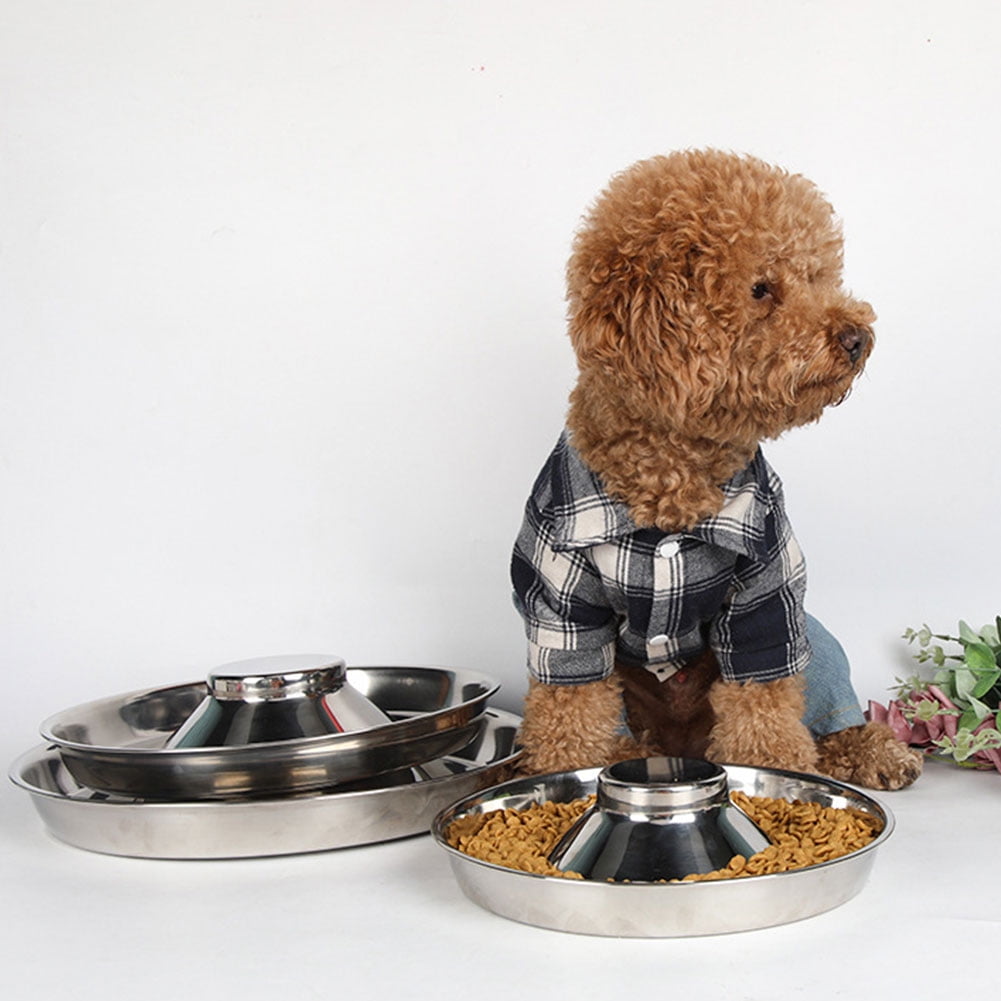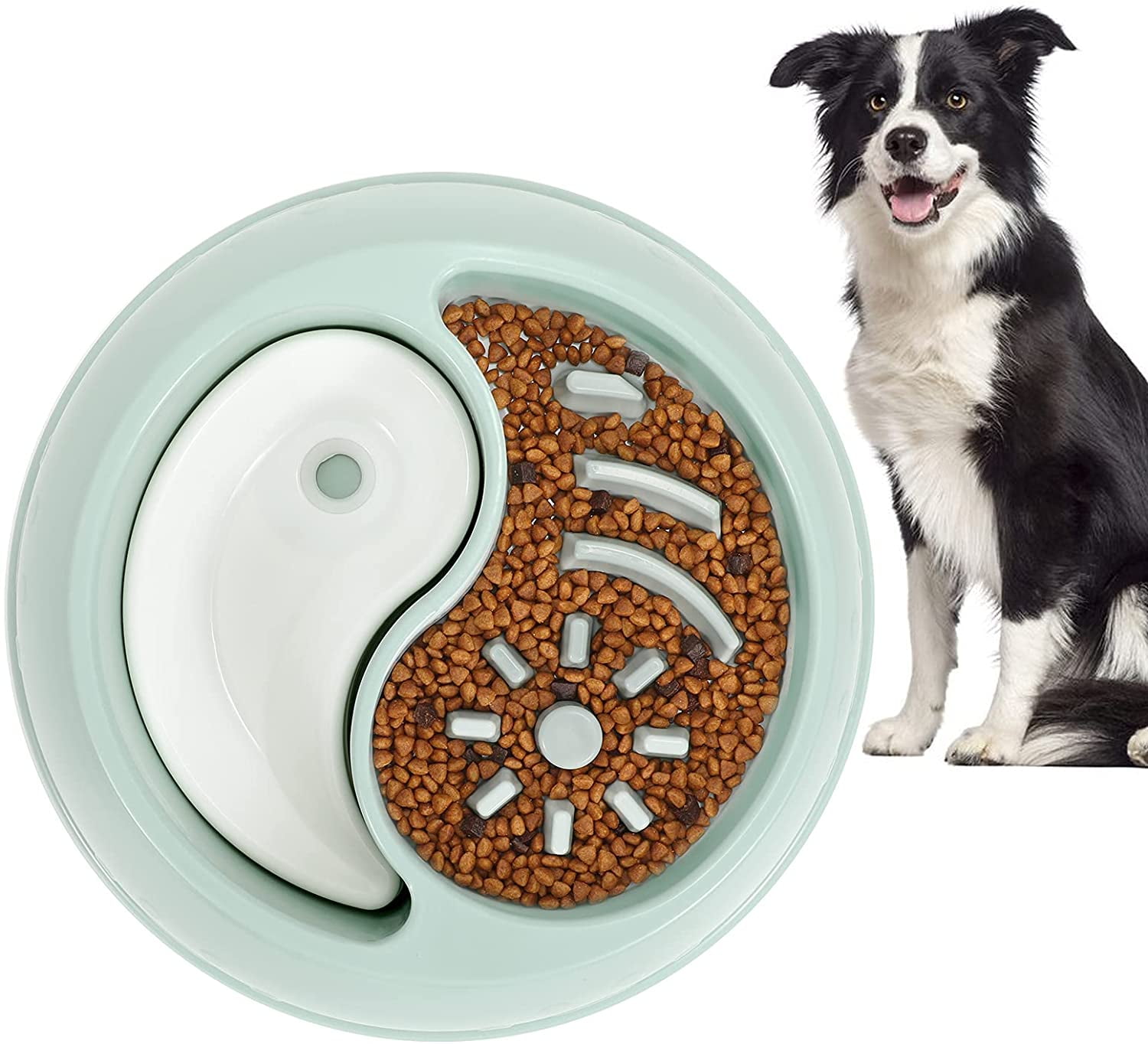

Your pal won't feel as bored, stressed, or anxious. Increased engagement and mental stimulation lead to an overall healthier pet. As an added bonus to the physical benefits, slow-feed bowls also provide mental stimulation as they entice your pet to work around various obstacles. Plus, your furry friend feels more satisfied after their meal, which means they're less likely to overeat.Īdditionally, not gorging on a bowl of food within seconds improves digestion, which helps your dog or cat have more energy. Because the bowl encourages slower eating, your pet isn't as likely to choke, vomit, aspirate food, or have other intestinal discomfort. Thanks to their innovative design, slow-feed bowls can help reduce your pet’s risk for the previously mentioned issues. These areas create channels for your pet's food, making them work a bit harder to get their dinner. Unlike a standard pet dish that has only one open space for food, most slow-feed bowls consist of a single or various raised areas. Slow feed bowls feature a special design geared toward making your cat or dog's meal times a bit more challenging. Since oral hygiene plays a significant role in your pet's overall health, it's definitely worth keeping this point in mind.

How? The act of chewing dry food often helps clean teeth, but when your pal just swallows food in mouthfuls, no chewing is taking place. If these aren't enough reasons to consider a slow-feed bowl, think about this - eating fast might even contribute to your pet's bad breath. Plus, just like when humans eat too fast, your pet might not even have a chance to recognize they’re full, leading to an increased risk of overeating and obesity. GDV occurs when your dog swallows lots of air, food, or liquid and can lead to severe consequences, including death. If your pup gobbles up their food too quickly, it can lead to a particularly dangerous condition called gastric dilation volvulus (GDV) or canine bloat. So put a bowl brimming with kitty kibble in front of them and, well, you know the saying - their eyes are bigger than their stomach. After all, a cat's stomach isn't very large and in nature they're used to eating several small meals over the course of the day. Some cats frequently eat so fast they throw up, better known as scarf and barf, leaving more food on your floor than in your cat's dish or stomach. Some common problems are intestinal discomfort, choking, gas, and feeling sluggish. No matter the reason, if your dog or cat eats too fast, you can end up dealing with several issues. Or, perhaps your pal simply loves food and adores eating. Often it stems from instinct, making sure they eat everything before another animal can steal their food. It's not unusual for animals to eat fast.

What Problems Can Your Pet Have From Eating Too Fast? Slow feed bowls provide the perfect solution for furry friends that wolf down their food. Not only can it lead to a huge mess on your floor, but eating too quickly can also lead to certain health problems for your pet. If your pet eats faster than you can fill their food bowl, it can end up causing some issues for them and you.


 0 kommentar(er)
0 kommentar(er)
